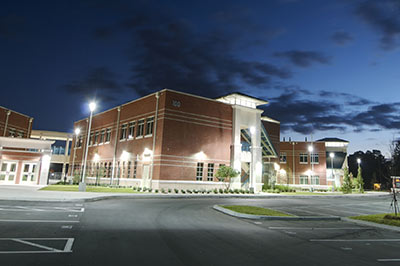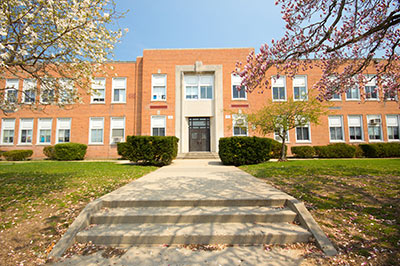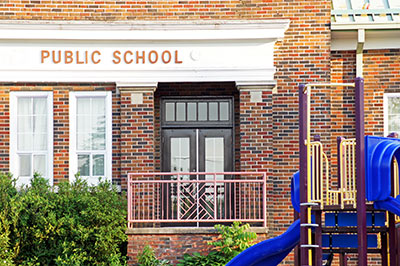KnowledgeWorks Foundation, 2005. Good small schools create supportive communities where students succeed, and both students and teachers thrive. Years of research and experience – not to mention common sense – support this notion. Yet legislators and other decision-makers continue to close small schools and build large ones because they think large schools are more cost effective to build, maintain, and operate. The first report, Dollars & Sense: The Cost Effectiveness of Small Schools, outlines the economic and social arguments in support of smaller schools and demonstrates that the true costs of large schools are enormous and the benefits dubious (D&SI, pp. 8 - 19).1
Dollars & Sense II: Lessons from Good, Cost-Effective Small Schools strengthens the case for the cost effectiveness of small schools with new research and examples of what’s working at such schools across the nation. It answers the question – “Can small schools actually be built and run at a cost per pupil that is comparable to that of large schools?” – with a resounding “yes.”










